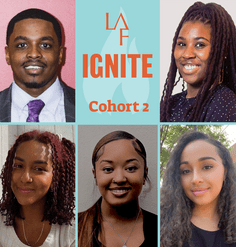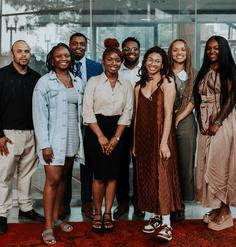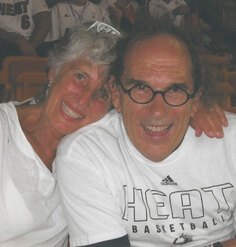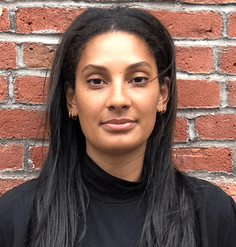Olmsted Scholar Feature: Spaces of Conflict, Spaces of Opportunity
By Logan Littlefield, 2015 University Olmsted Scholar
The effects of conflict on the urban landscape are far-reaching and multi-faceted.
Beirut, Lebanon is a case in which the continued political instability spawned by its 15-year civil war (1975-1990) has exacerbated a physical and cultural erosion of the public realm. This has allowed areas of natural, cultural, and civic heritage to be co-opted by private luxury development, preventing them from serving as potential devices to foster social cohesion and civic identity. The unprecedented tabula rasa reconstruction of Beirut’s central district by a private development company exemplifies this condition.
My graduate thesis project, Confronting the Present: Towards a Civic Realm on Beirut’s Urban Fringe, explores the opportunities presented by peri-urban infrastructural landscapes to address this condition. To do so, my research was two-fold: an inventory of designated and spontaneous public space types in Beirut and a rationale for civic space in more unlikely spaces.
The peri-urban Beirut River became a testing ground for a new prototype of civic space. Opportunity lies in its ambiguous ownership, neglect, infrastructural qualities, and tenuous identity as a natural feature, where an intervention is less likely to spawn gentrification. It was also consistent with inventory findings that the dominating adjacency for more informal forms of public manifestation was infrastructure.
Though the space is aesthetically unlikely, socially and demographically speaking however, it is fitting for social cohesion since, though situated in the largely Christian eastern half of Beirut, the site is located within the most prominent Armenian neighbourhoods. This community resisted taking sides during the war, making their areas relatively neutral grounds for interaction compared to other more cloistered Christian or Muslim districts. There is also increasing ethnic and religious diversity here due to affordable rents, urban migration and the influx of refugees.
The proposed design prototype deploys and hybridizes local spatial types onto the infrastructural landscape to create a new urban topography, the next iteration in the evolving transformation of the Beirut river from seasonally flooding estuary to channelized riverbed.
A series of platforms are created, some programmed and others not, which together form a transverse connection of civic space across the river and multiple highways to meet the needs of surrounding neighbourhoods.
Some of the approaches or tactics used in my thesis work were generic, and others are very specific. This is something that I am grappling with as I relate these research interests to my new locale: South Africa. Public realm erosion is an issue here as well, as is a history of conflict and and social instability, albeit for different reasons. However, the fragmentation or lack of use of the public realm by all often has to do with fears of violent crime due to wealth inequality, which is a much different social context than in Beirut.
My thesis project was the recipient of a 2015 ASLA Student award and can be viewed in more detail at: https://www.asla.org/2015studentawards/index.html
Logan completed his MLA from the University of Toronto in May 2015 and is currently living in South Africa. He is beginning work at a firm in Cape Town in January 2016.















